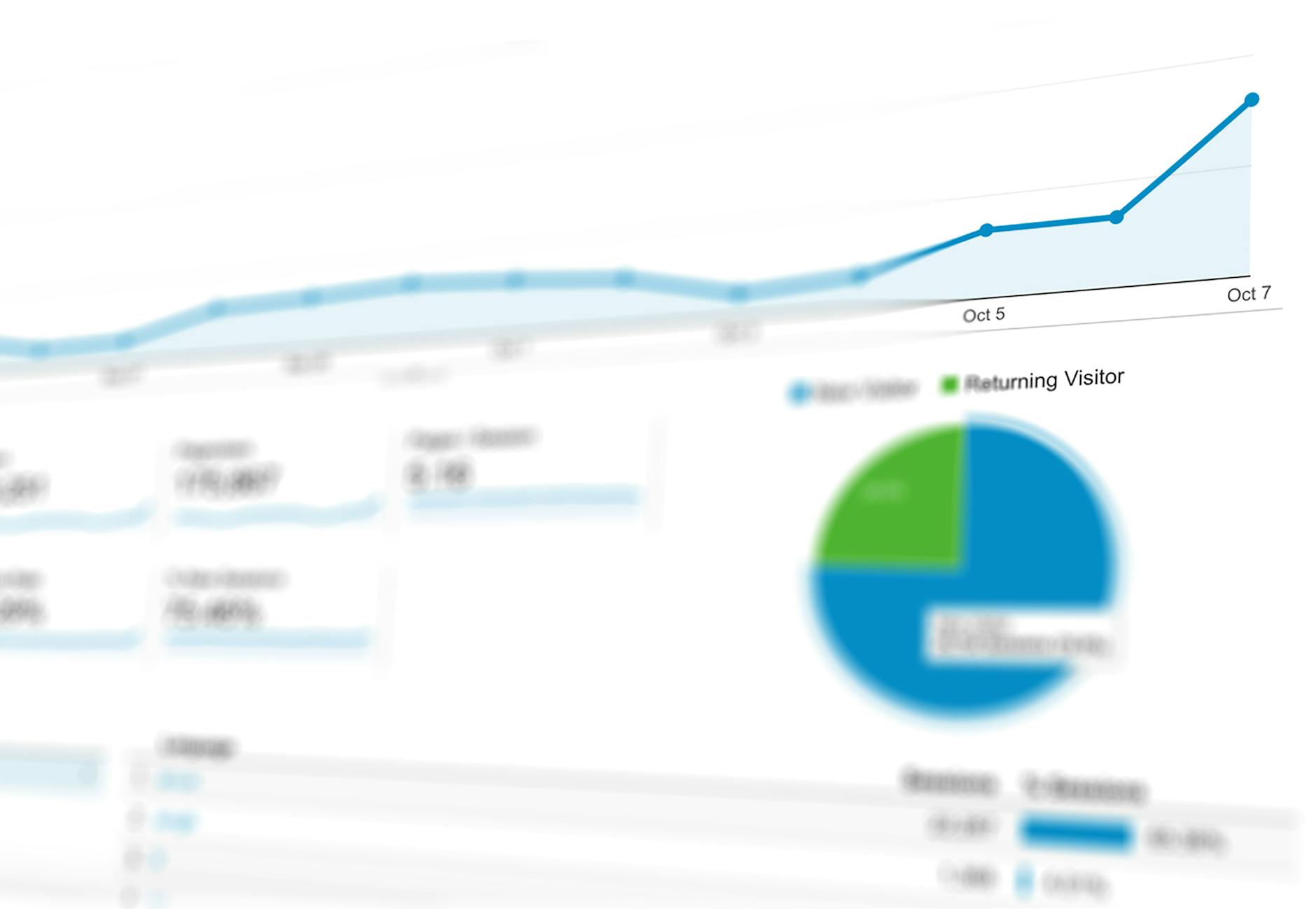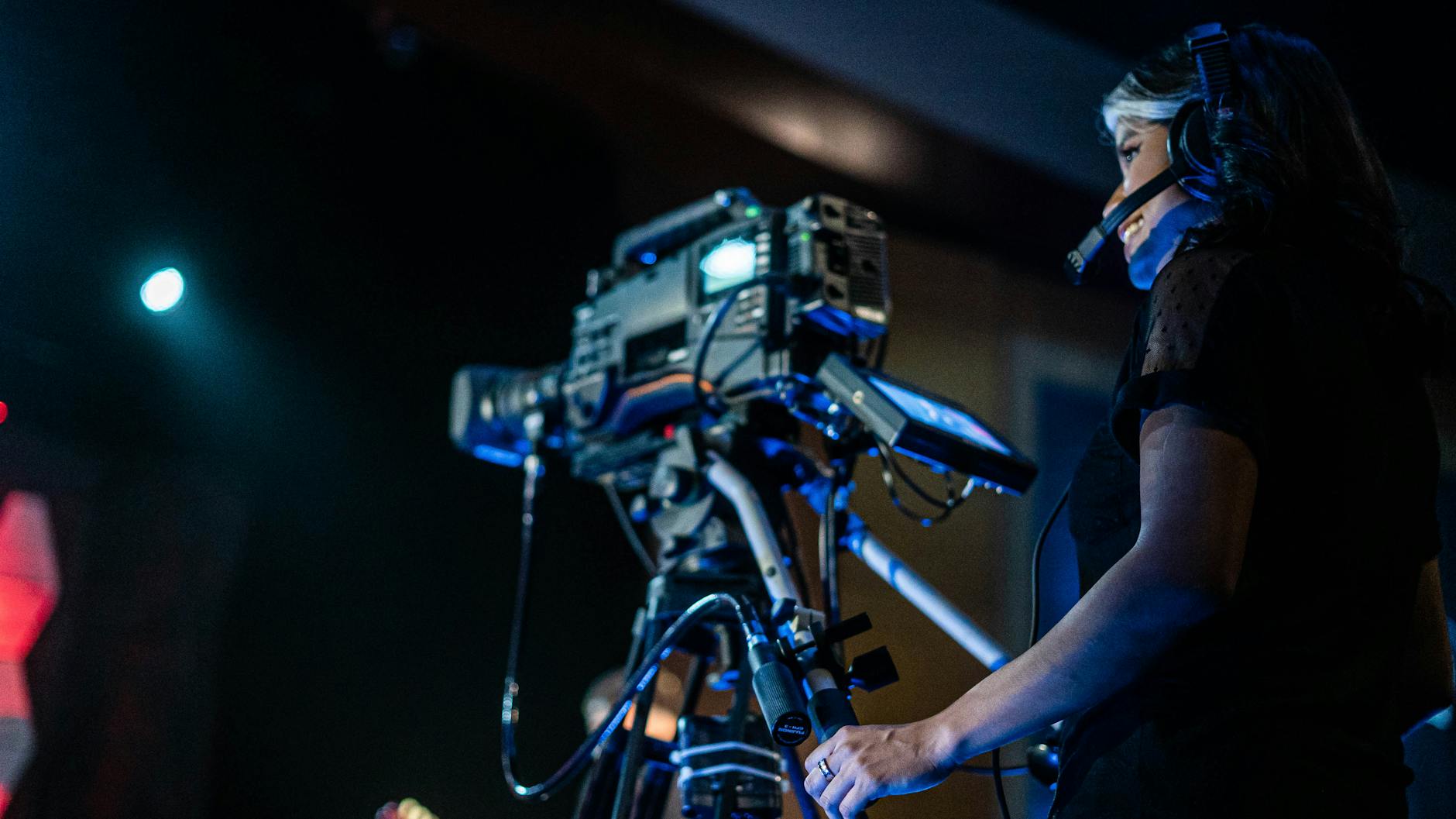Virtual events and live streams have become essential tools for businesses to reach wider audiences and engage with participants across the globe. But once your event is over, how can you measure whether it was truly successful? In this article, we’ll explore key metrics and strategies for evaluating the success of your virtual event or live stream, with a focus on how to interpret the data, improve future events, and ensure you’re getting the best results for your investment.
What Metrics Should You Track to Measure Virtual Event Success?

The first step in assessing the success of your virtual event or live stream is to identify the right metrics. Here are the most important ones to focus on:
- Attendance and Registration Numbers
One of the easiest metrics to track is the number of registrations and attendees. Compare the number of people who registered for the event with those who actually attended. A high dropout rate could indicate issues such as poor communication, lack of engagement, or inconvenient timing. - Engagement Metrics During the Event
Engagement levels during your virtual event are crucial indicators of success. Look at metrics like:- Chat Interaction: How many people participated in live chats or used social media hashtags related to the event?
- Poll and Survey Participation: Did attendees engage with any polls or surveys you conducted during the event?
- Q&A Activity: How many questions were asked during any Q&A sessions? Monitoring engagement in real-time can help you understand what content resonated most with your audience.
- View Time and Drop-Off Rates
Analysing the duration of time that attendees watched the stream will give you insight into how well the content held their attention. Look for specific points where large numbers of viewers dropped off. Was it during a speaker transition, or perhaps during a particular segment? This data is valuable for fine-tuning future events. - Platform-Specific Metrics
Each streaming platform offers its own set of analytics. For example:- YouTube: Tracks views, likes, shares, comments, and audience retention.
- Facebook: Measures engagement such as reactions, shares, comments, and reach.
- Vimeo: Offers detailed insights into viewer engagement, including where viewers are located, how long they watched, and how many paused or rewound content.
How Can Feedback and Surveys Help Evaluate Your Event?
One of the best ways to measure success is to ask the people who attended. Feedback and post-event surveys can provide a wealth of information directly from your audience.
- Post-Event Surveys
Send out surveys immediately after the event asking participants for feedback on various aspects such as:- Overall event satisfaction
- Quality of the content
- Speaker performance
- Technical quality (e.g. video and sound)
- Usefulness of the interactive features
- Suggestions for improvement
- Social Media Sentiment
Track what attendees are saying on social media platforms. Positive or negative reactions will give you a qualitative sense of how well your event was received. Social media listening tools can help gather and analyse these comments.
Evaluating the Return on Investment (ROI) for Your Virtual Event
Understanding the financial impact of your virtual event is critical. Here’s how you can calculate ROI:
- Compare Event Costs to Revenue or Leads Generated
Did you charge for virtual attendance or generate sponsorship revenue? Compare this income with the costs of running the event, including technical setup, platform fees, marketing, and speakers. If your event was free, calculate how many leads or sales were generated from attendees who engaged with your brand. - Audience Growth and New Leads
Assess how many new potential clients or customers your event attracted. Did you collect new email subscribers or generate interest in your products or services? Tracking these metrics helps assess the long-term business benefits of your event. - Monetisation Opportunities
If you’re using platforms like Vimeo that allow you to charge for access or replays, look at how much revenue you generated through pay-per-view or subscriptions.
How to Use Analytics to Improve Future Virtual Events

The insights you gather from your virtual event or live stream should inform your future strategy. Here are some key actions you can take based on your event data:
- Refine Content Based on Viewer Engagement
Use the data to determine which topics or sessions were the most engaging. You may want to expand on popular themes in future events or adjust your content delivery based on what held the audience’s attention. - Optimise for Viewer Preferences
Were your viewers more engaged during certain parts of the day or when specific speakers were presenting? Understanding audience behaviour can help you schedule more effectively and allocate time to the most compelling content. - Enhance Technical Quality
If feedback indicated issues with sound, video, or streaming, work with a professional provider like Innobella Media to ensure top-tier technical support. We specialise in providing pristine sound and picture quality for live streams, which can make a significant difference in your audience’s experience.
For example, Innobella Media supported the Liverpool International Song Contest’s live stream, providing multi-camera setups and crystal-clear sound for a large and international remote audience. Our experience in managing complex events ensures seamless delivery, no matter the size of the virtual audience.
Why Technical Quality Matters for Virtual Events

To create a successful virtual event, technical quality is just as important as content. Poor sound or picture quality can drive viewers away, resulting in lower engagement and missed opportunities. Here’s how you can ensure your virtual event runs smoothly:
- High-Quality Sound and Visuals
Partner with professionals like Innobella Media to ensure your event is delivered in high definition with crystal-clear sound. Our experience includes live streaming on platforms like YouTube and Facebook, where shareability is key to growing your audience. - Reliable Streaming Platform
The choice of streaming platform can significantly impact the success of your event. For large, public events, platforms like YouTube and Facebook offer the potential to reach a virtually unlimited audience. For more private or closed events, platforms like Vimeo provide a secure and controlled environment. You can even monetise these streams by charging for access or providing on-demand replays for those who couldn’t attend live.
Conclusion
Measuring the success of your virtual event or live stream involves tracking key metrics like engagement, attendance, and viewer feedback. By evaluating these factors, you can assess the event’s ROI and make informed decisions to improve future events.
At Innobella Media, we provide the technical expertise to ensure that every aspect of your event—from sound and video quality to live streaming and post-event analysis—is handled with precision. Get in touch with us today to learn how we can help make your next virtual event a success.



